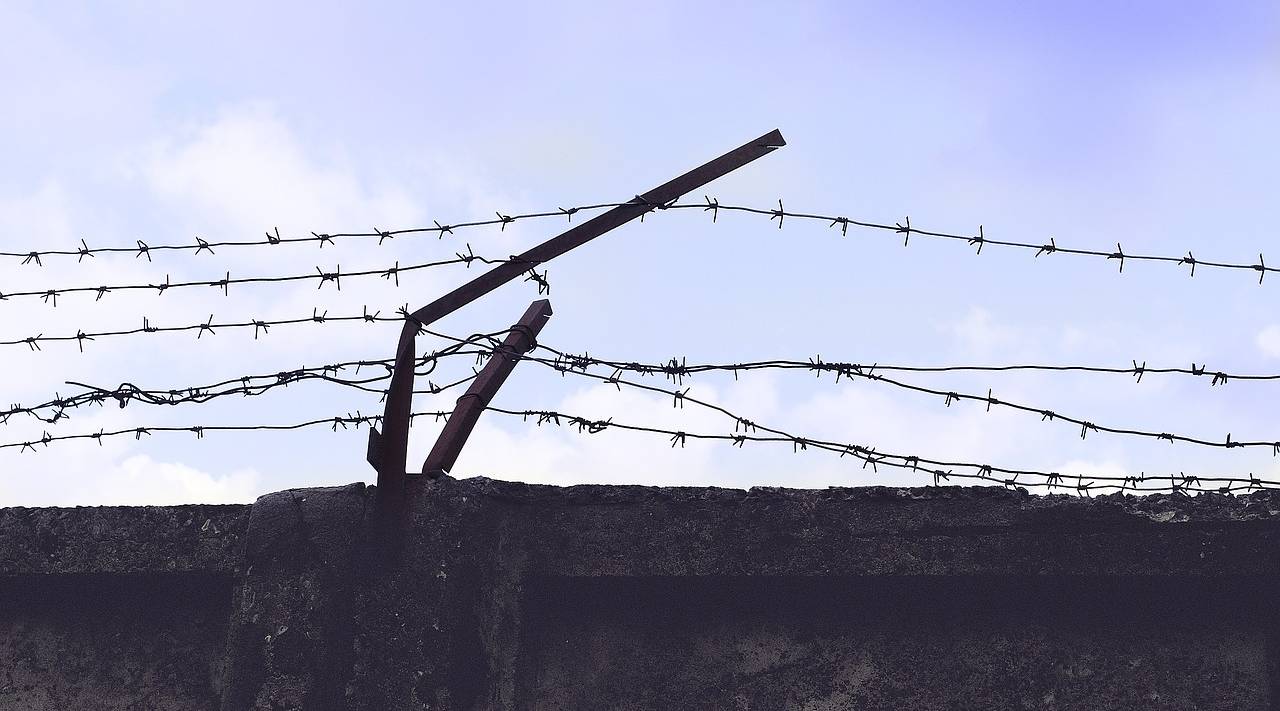
Philippines
Capital city — Manila
Country population
i2019Incarceration rate (per 100,000 inhabit…
i05/2018/ ICPRType of government
Human Development Index
0.699113/188
i2017/ UNDPName of authority in charge of the pris…
-
Total number of prisoners
i31/05/2018/ ICPRPrison density
i31/05/2018/ ICPRTotal number of prison facilities
i2017/ ICPRAn NPM has been established
Female prisoners
i15/04/2016/ ICPRIncarcerated minors
i2012/ WPBPercentage of untried prisoners
i31/05/2018/ ICPRDeath penalty is abolished
Living conditions
Accommodation
Prisoners are accommodated in single cells
no
Belonging to a gang can make it possible for a prisoner to establish his own appointed space. A tiny number of prisoners claim cells for themselves and transform them into relatively luxurious spaces.
Prisoners sleep on
- a bed
- a hammock
- the floor
At Quezon Prison, the dormitories house up to 800 prisoners. Overcrowding is so great that prisoners can’t be locked up at night. Many prisoners don’t have a cell. They
lie down on any available space: the common rooms, corridors, staircases, basketball court. Some prisoners sleep during the day to take advantage of hammocks and beds1 when they are available.
At the New Bilibid facility, prisoners have constructed a raised floor so that they will no longer have to sleep on the ground. Today2, bringing building materials into the prison is forbidden 2.
Between October 2014 and February 2015, The Commission on Human Rights (CHR) carries out visits to police stations in the capital city. Cells are overcrowded and do not always have light or ventilation. There are not enough beds. Some people sleep on flattened cardboard boxes or in old hammocks.
In December 2015, the Commission on Human Rights pointed out the disparity between cells at the various police stations. They stress the need to respect established international norms with regard to cubic meters of air, surface area, light, ventilation, bathroom facilities, beds, and provision of clothing.
“Philippines drug war turns jail into a haven” in Reuters, 9 November 2016. ↩
Getting along in the overcrowded prisons in the Philippines (Système D dans les prisons surpeuplées des Philippines) in Le Temps, 6 May 2016 (in French). ↩ ↩
All the prisoners are provided with bedding
In general, cells have poor lighting, poor ventilation and poor salubrity and are unsanitary.
Hygiene
Prisoners have access to water
yes
Showers are located in the cells/dormitories
yes
Showers cover only the lower half of the body
Sanitary facilities are clean, adequate and accessible
no
Bathroom facilites are poorly maintained or nonexistent. Some cells have no toilets. No privacy is provided.
Food
Drinking water is free and available in all areas of the facilities
Some local governments provide drinking water in prisons, but most make do with unclean water from taps or pumps.
In reality, persons detained at police stations are held for days, even months. The CHR reports in April 2015, that there is no drinking water in the cells. A minority of families bring food and water to their relatives or friends. Prisoners without any outside support drink the water in the toilets.
Daily cost of meals per prisoner
-
In December 2015, The Commission on Human Rights Comission publishes, a press release concerning the right to adequate food for persons deprived of freedom by the Philippine National Police (PNP). According to the law, persons detained in police station cells must not be held for more than a few hours (a maximum of 36). The PNP allocates no budget resources to meet the daily needs, including the food of people being held in these cells.
The prison service is required to meet nutritional standards regarding quality and quantity
-
In December 2015, The Commission on Human Rights Comission publishes, a press release concerning the right to adequate food for persons deprived of freedom by the Philippine National Police (PNP). According to the law, persons detained in police station cells must not be held for more than a few hours (a maximum of 36). The PNP allocates no budget resources to meet the daily needs, including the food of people being held in these cells.
In reality, persons detained at police stations are held for days, even months. Occasionally, cooperative practices develop. Officers at the Caloocan City North police station include food for people in lock-up cells in the food expenses for personnel. At another station, a common fund has developed, replenished by people being detained and their families. It serves to feed everyone.
Prisoners are allowed to receive food parcels
yes
A minority of families bring food and water to their relatives or friends.
Part of the prisoner's food is produced by the prison
in some establishments
In the prison farms.